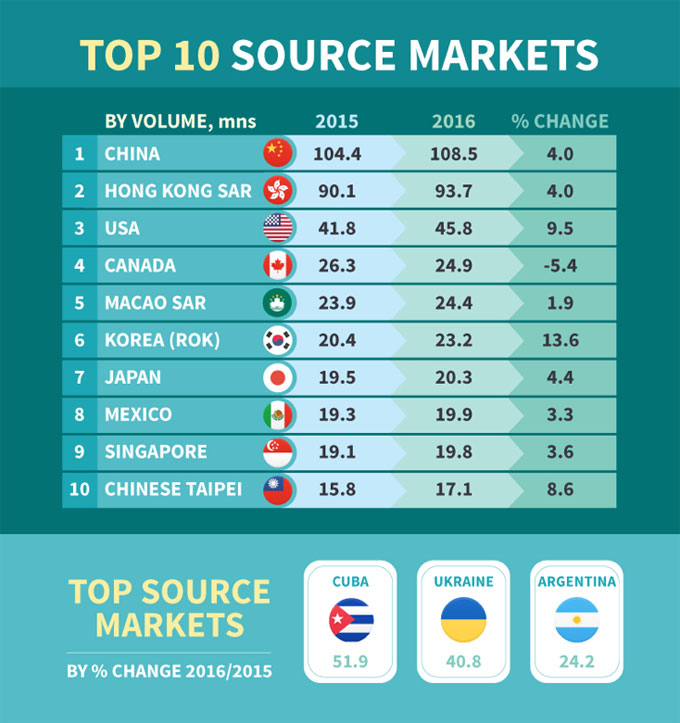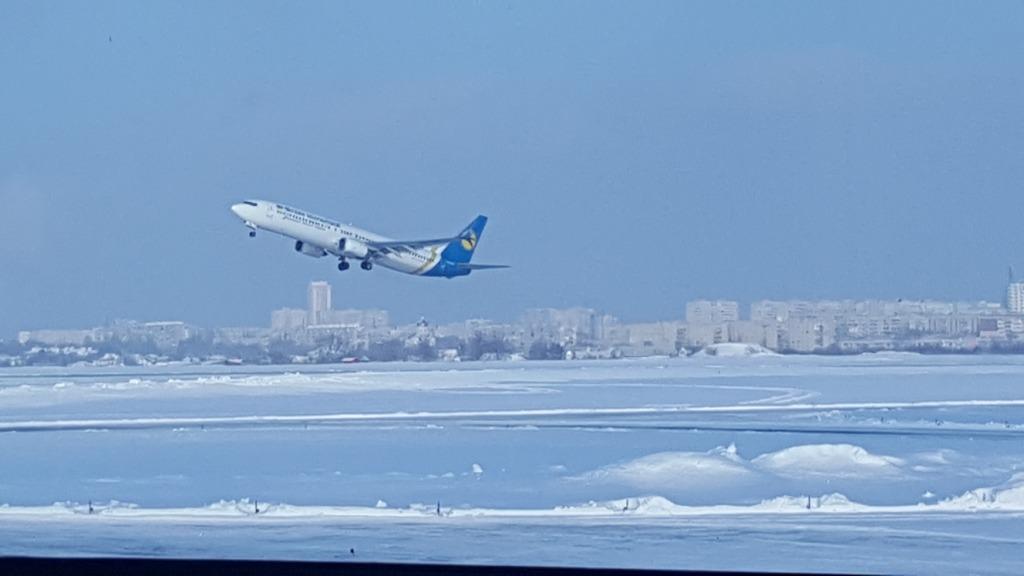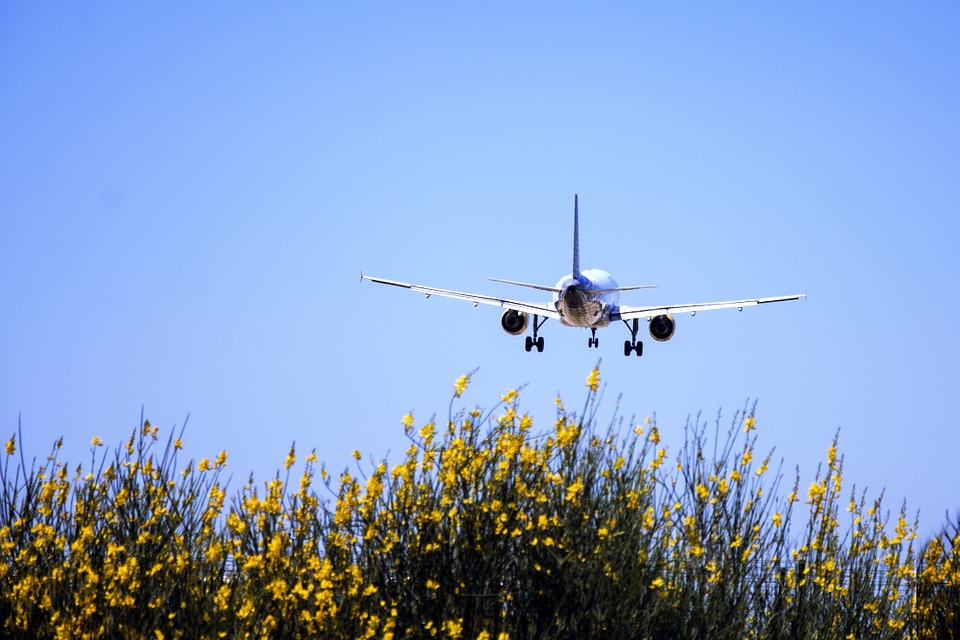According to the foreign arrivals at Asia Pacific Destinations in 2016 compared to 2015 Cuba, Ukraine, and Argentina showed the strongest annual growth. A new study reveals an increase of three percent in foreign arrivals into 47 Asia Pacific destinations for 2016 to record an aggregate inbound count of close to 600 million.
 Despite the significant challenges being faced by Turkey’s tourism sector the annual net increase in arrivals into the Asia Pacific region was still strong, adding close to 18 million additional arrivals to its total foreign inbound count year-on-year.
Despite the significant challenges being faced by Turkey’s tourism sector the annual net increase in arrivals into the Asia Pacific region was still strong, adding close to 18 million additional arrivals to its total foreign inbound count year-on-year.
Seventeen of those destinations had double-digit growth rates ranging from more than 30 percent for Nepal and Korea (ROK) and over 20 percent for each of Mongolia, Japan and Vietnam. Growth was once again uneven with seven Asia Pacific reporting contractions in foreign arrivals in 2016 compared to 2015.
The strongest destination sub-regions for annual growth between 2015 and 2016 were South America with an annual increase of over 13 percent, Oceania with a gain of more than 11 percent and South Asia with close to 10 percent growth.
Across the three major regions with Asia Pacific, Asia was the front runner for foreign arrivals by volume with almost 436 million international arrivals (70%), followed by the Americas with close to 147 million arrivals (34%) and the Pacific with 24.5 million international arrivals (12%).
Intra-regional travel flows were extremely strong for Asia and the Americas with 94 percent and 78 percent respectively of their inbound volumes arising from within the same region. The Pacific was the only destination region to see the majority of its arrivals come from outside that region; more than 52 percent of foreign arrivals into the Pacific in 2016 came from Asia as opposed to the Pacific which generated 32 percent of the inbound arrivals to that region.
Origin markets in Northeast Asia were the largest generators of absolute volumes into Asia Pacific in 2016, led by China and Hong Kong SAR which generated 108.5 million and 93.7 million arrivals respectively. These were supported by Macao SAR, which generated 24.4 million arrivals as well as Korea (ROK) with 23.2 million, Japan with 20.3 million and Chinese Taipei with 19.8 million arrivals originating in those markets.
The USA, Canada and Mexico also rated within the top ten generators of foreign arrivals in 2016, producing 45.8 million, 24.9 million and 20.3 million arrivals respectively into Asia Pacific in that year.
Singapore was the only Southeast Asian origin market within the top ten listing, generating close to 19.9 million arrivals for the year.
There were some very strong annual growth increases from a number of origin markets such as Cuba (+52%), Ukraine (+41%) and Argentina (+24%).
Similarly for a number of origin sub-regions, each of which added significant incremental volumes to the absolute count into Asia Pacific destination sub-regions between 2015 and 2016. Northeast Asia topped that list with an additional eight million arrivals within its own sub-region, and 4.4 million additional arrivals into Southeast Asia.
The reverse was also true with Southeast Asia generating 2.2 million and 1.8 million additional foreign arrivals into Northeast Asia and Southeast Asia itself respectively while in the Americas it was North America into Central America that rated highly, adding more than 1.2 million additional arrivals between 2015 and 2016.
Source: FTN




